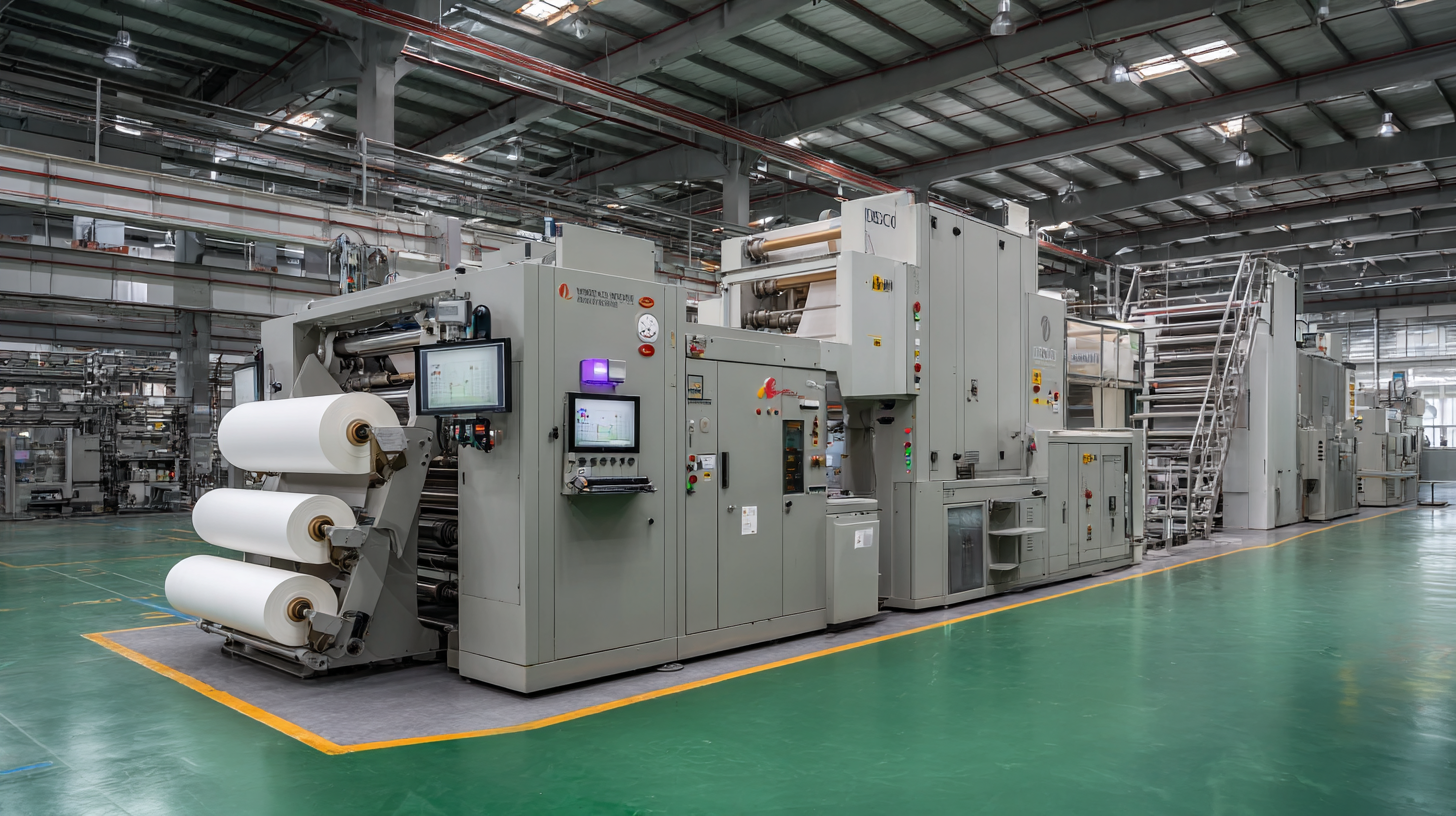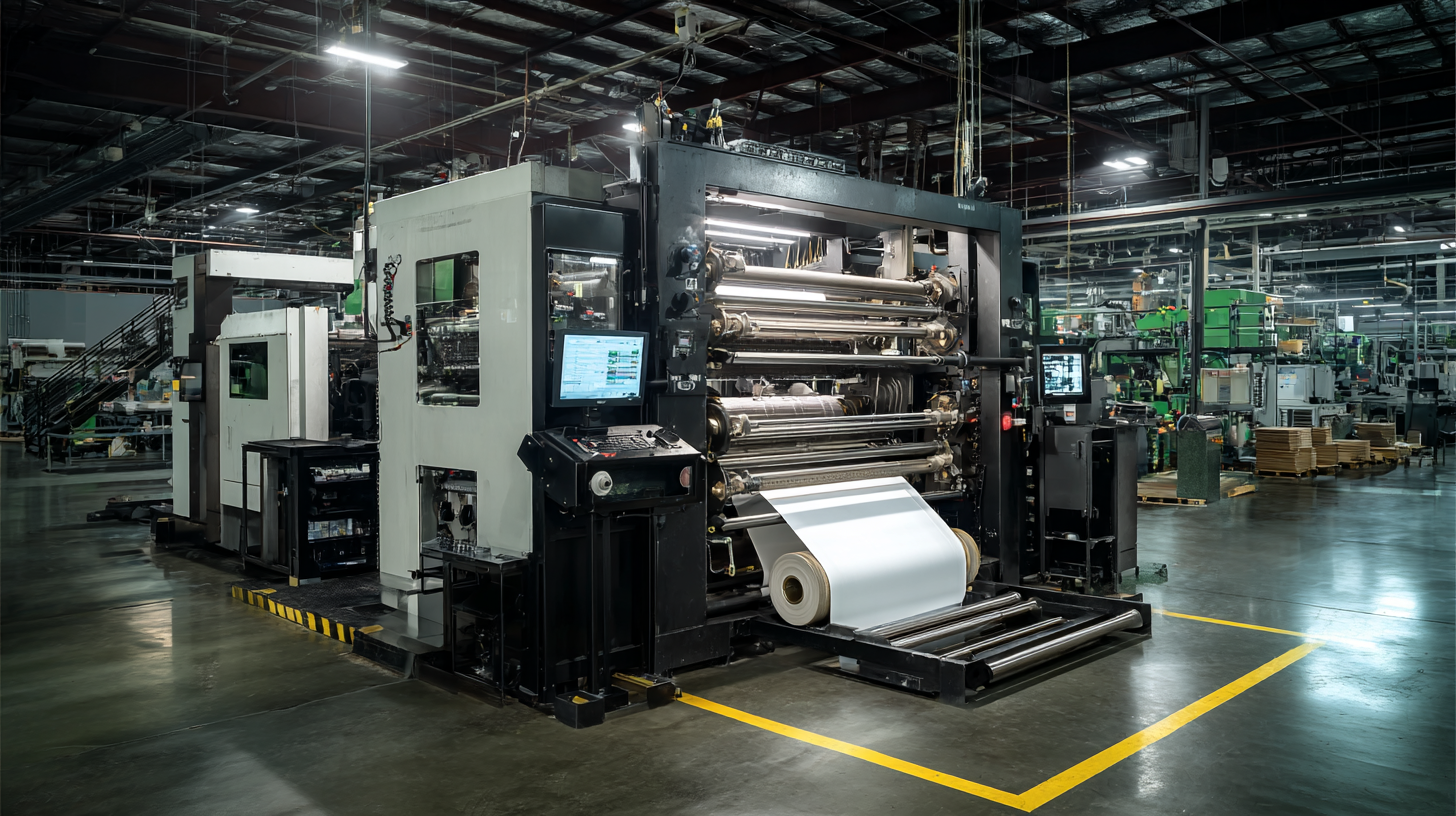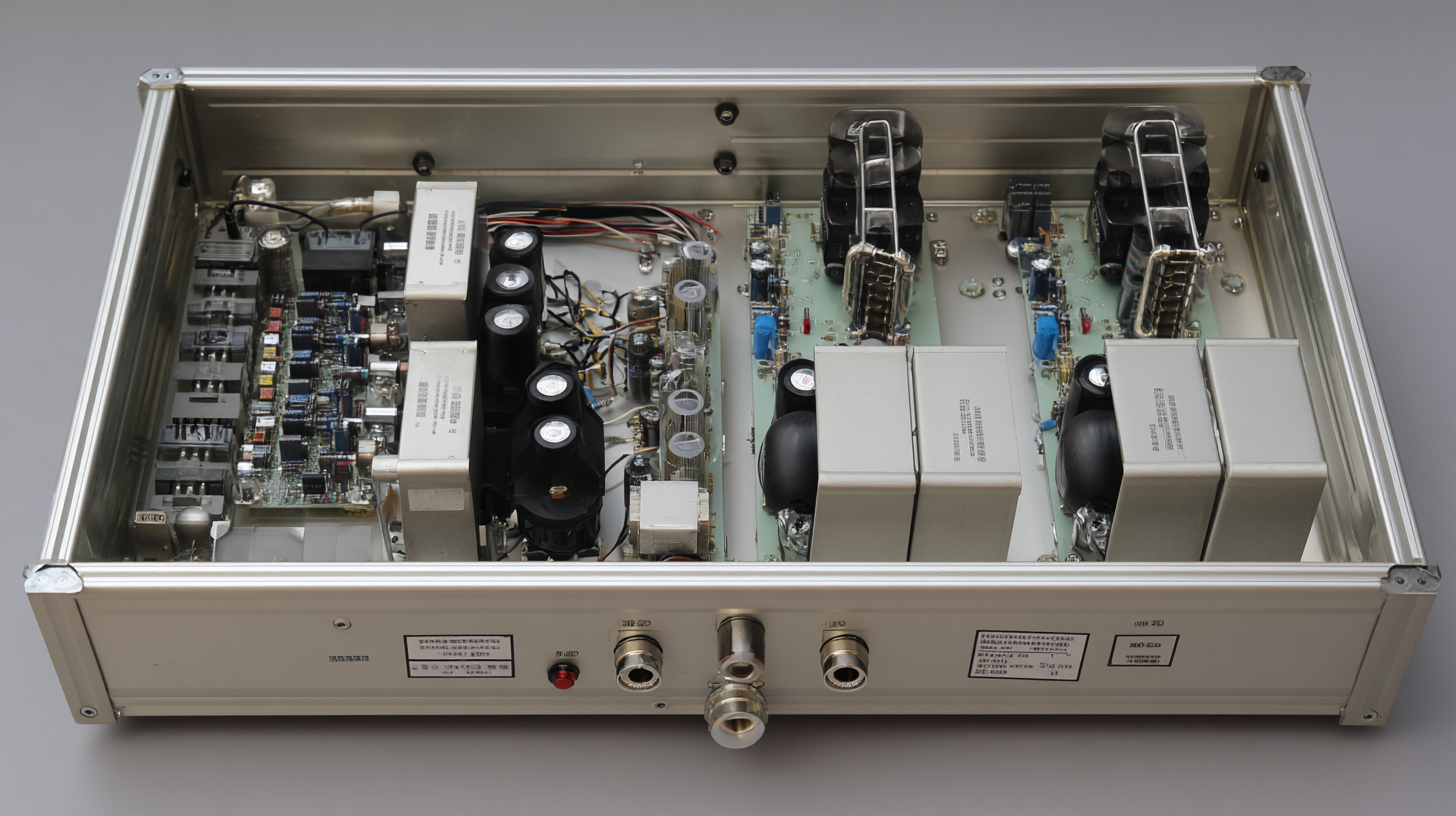
Leave Your Message

In the rapidly evolving landscape of advanced composite manufacturing, navigating the complex realm of
import and export certifications is crucial for acquiring the best
Ud Prepreg Machine.
 According to a report by MarketsandMarkets, the global prepreg market is projected to reach
USD 11.9 billion by 2025, growing at a
CAGR of 11.0% from 2020 to 2025. This growth is driven by increased demand in industries such as
aerospace, automotive, and sporting goods, where
high-performance materials are essential. However, manufacturers must carefully understand
the regulations and certification processes to avoid costly delays and ensure compliance with international trade laws.
This blog aims to guide you through the essential steps and considerations involved in navigating these
certifications, ultimately equipping you to make informed decisions when investing in a
Ud Prepreg Machine for your production needs.
According to a report by MarketsandMarkets, the global prepreg market is projected to reach
USD 11.9 billion by 2025, growing at a
CAGR of 11.0% from 2020 to 2025. This growth is driven by increased demand in industries such as
aerospace, automotive, and sporting goods, where
high-performance materials are essential. However, manufacturers must carefully understand
the regulations and certification processes to avoid costly delays and ensure compliance with international trade laws.
This blog aims to guide you through the essential steps and considerations involved in navigating these
certifications, ultimately equipping you to make informed decisions when investing in a
Ud Prepreg Machine for your production needs.
In today's competitive global market, import and export certifications are essential for ensuring compliance with international trade regulations. These certifications not only signify that products meet specific quality and safety standards but also facilitate smoother transactions between countries. For those in the market for advanced machinery, such as the Ud prepreg machine, understanding these certifications can ultimately impact the effectiveness of your supply chain and the reliability of your products.
Navigating the complexities of import and export certifications requires meticulous attention to detail. Each jurisdiction has its own regulations, which can vary significantly from one region to another. For instance, obtaining an export certification from a country often necessitates adherence to particular testing standards and documentation that validate the machine’s compliance with local laws. This process helps in preventing illegal trade practices and ensures that businesses operate within the legal framework, safeguarding their investments and reputations on an international scale. By prioritizing these certifications, companies can enhance their market access and establish trust with international partners.
Navigating the complex landscape of certifications for UD prepreg machines involves understanding key standards and regulations that govern manufacturing processes. According to the Composites Market Report 2022, the global demand for prepreg materials is projected to reach $22.34 billion by 2025, underscoring the importance of compliant manufacturing practices. Ensuring that UD prepreg machines adhere to ISO 9001 standards can greatly enhance product quality by establishing a robust framework for quality management systems, which is crucial in a competitive market aiming for consistent performance and customer satisfaction.
In addition to ISO standards, manufacturers must navigate specific regulations regarding environmental impact and safety. The REACH (Registration, Evaluation, Authorisation and Restriction of Chemicals) regulation in Europe highlights the necessity for compliance to minimize harmful substances in manufacturing processes. Recent data indicates that companies that prioritize compliance not only reduce risks but also experience a significant improvement in operational efficiency—by as much as 30%, as reported by the Environmental Protection Agency. Understanding these regulations not only ensures legal compliance but also aligns with customer expectations for sustainable practices in the manufacturing of UD prepreg machines.

Quality assurance in Chinese manufacturing has become a crucial element in ensuring the competitiveness of products like the Ud Prepreg Machine. With the global market demanding high standards, manufacturers are faced with the challenge of not only meeting domestic regulations but also complying with international certifications. By implementing rigorous quality assurance protocols, companies can significantly enhance their product reliability, reduce the risk of defects, and ultimately boost customer satisfaction.

One of the strategic benefits of focusing on quality assurance is the ability to foster trust and credibility with international clients. In a landscape where certification and compliance play a pivotal role in procurement decisions, having recognized quality certifications can set a manufacturer apart from its competitors. Moreover, it paves the way for greater market access, allowing Chinese manufacturers to tap into premium segments that prioritize quality over cost. By committing to extensive quality assurance processes, manufacturers can not only safeguard their reputation but also build long-lasting relationships with customers, leading to increased sales and brand loyalty.
The global demand for high-quality Unidirectional (UD) prepreg machines is on an upward trajectory, fueled by significant trends in the carbon fiber and composite materials markets. The Tow Prepreg Market is projected to reach USD 0.35 billion by 2029, reflecting a growing interest in efficient and high-performance manufacturing processes. Similarly, the Carbon Fiber Reinforced Plastic (CFRP) market is expected to expand dramatically, with estimates suggesting it will reach USD 35.55 billion by 2030. These figures underline the increasing reliance on advanced composite materials across various industries, including automotive, aerospace, and sports.
The sports composites segment alone, valued at USD 3.82 billion in 2023, is anticipated to grow at a CAGR of 5.8% through 2030. This growth indicates a rising preference for lightweight and durable materials in high-performance applications. Additionally, the carbon fiber market, which is set to hit USD 52.16 billion by 2050, showcases the material’s exceptional strength-to-weight ratio, making it the material of choice for modern engineering and design. As companies navigate import and export certifications, understanding these market trends and demands will be vital for positioning themselves successfully in this competitive landscape.
Navigating the certification process for importing and exporting the Ud prepreg machine is crucial for businesses aiming for compliance and success. According to a report by the International Trade Administration, approximately 40% of companies encounter significant delays due to insufficient understanding of certification requirements. This underlines the importance of familiarizing oneself with the necessary regulations, which can vary greatly by country.
The first step to ensuring compliance is to identify the relevant certifications required for the Ud prepreg machine, such as ISO 9001 for quality management systems and CE marking in the EU for safety compliance. For instance, a study by MarketsandMarkets revealed that companies investing in these certifications often experience a 30% reduction in time to market, allowing for quicker access to global markets. Additionally, engaging with local certification bodies and consultants can provide companies with valuable insights, helping to navigate the often complex documentation and testing requirements that accompany these certifications. By taking a proactive approach, businesses can streamline their import and export processes, thus enhancing their competitive edge.
| Certification Type | Issuing Body | Requirements | Process Duration | Cost Estimate |
|---|---|---|---|---|
| ISO 9001 | International Organization for Standardization | Quality management systems, documentation | 3-6 months | $5,000 - $10,000 |
| CE Marking | European Conformity | Compliance with EU safety and health standards | 2-4 weeks | $1,000 - $3,000 |
| UL Certification | Underwriters Laboratories | Safety testing for electrical devices | 1-3 months | $3,000 - $7,000 |
| RoHS Compliance | European Union | Restriction of hazardous substances in electronic equipment | 2-6 weeks | $1,500 - $4,000 |
| FCC Certification | Federal Communications Commission | Compliance with electromagnetic interference standards | 4-12 weeks | $2,000 - $5,000 |